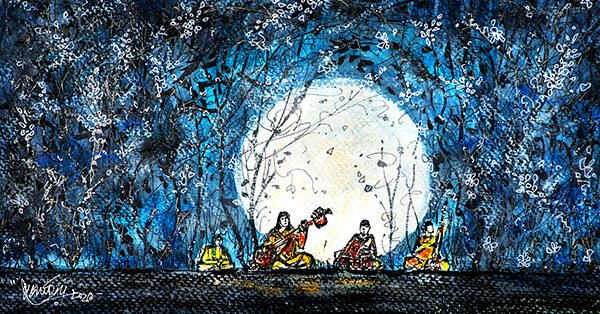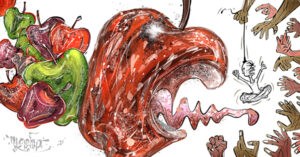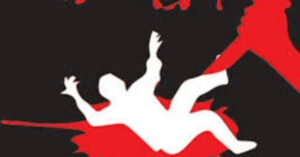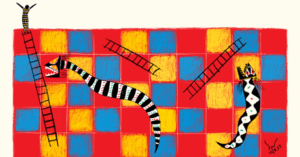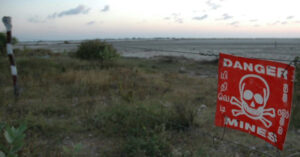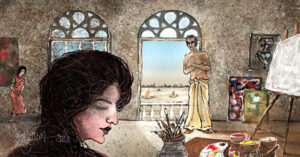New Challenge for Music
It’s time to stop waiting and whining. The world of Indian music must come to terms with life and work in a pandemic that seems to have acquired chronic dimensions. Far from ebbing away or being contained by vaccines and other solutions, this is a pandemic that surges back with new and more deadly variants, causing large-scale death and destruction of a magnitude that has not been witnessed in recent times. For musicians in the country, the message is loud and clear — adapt, as you have always done in the past, use your resourcefulness and creativity to strategise and come to terms with the new normal.
A majority of artistes, organisers and music lovers seem to have come to the conclusion that online concerts cannot match the magic of live concerts. Of course, they can’t. After all, they are different formats with their own strengths and limitations. The primary concern for most artistes, and I include myself among them, is the absence of the rapport, the chemistry that one enjoyed with audiences in live concerts, and which gave rise to all those waahs and aahs and approvingly nodding heads that galvanise artistes into giving their best, or on occasion, even more than their best. That vibe is one that no artiste would wish away or want to forget.
But what about all those recording sessions in studios where some of the most exquisite music was recorded? Each music lover will probably have personal favourites from among countless renditions recorded in studios over several decades. For the studio sessions, there was usually no audience present, and yet our master musicians recorded incredible music that we have loved and savoured and continue to enjoy on changing formats. The magic of the music recorded by a variety of splendid artistes lived on from one technology format to the other — 78 RPM records, LP/EP discs, cassettes, CDs and now the digital streaming or downloadable formats. The absence of listeners in a relatively sterile studio environment did not have a detrimental effect on the music the artistes recorded.
While some of the studios housed what was then considered state-of-the-art recording equipment and had highly skilled professional recording engineers supervising the recording, mixing and mastering of the music, very often the studios were either ill-equipped or had outdated machinery, or had no professional audio engineers handling recordings. And yet, the fine performances recorded by artistes in these shabby studios are still sold and heard by music lovers. Many an artiste will remember, perhaps fondly and with nostalgia, the single microphone that was plonked in the centre of the floor in Akashvani/AIR studios, where the only equalisation possible was either to drag oneself closer to the microphone or shift away. A staff musician, often untrained as an audio engineer but kind enough nevertheless to do the additional job of one, would give a few instructions and the recordings would be captured for broadcasts. Again, these were recording sessions without any live audiences, unless live concert sessions before invited audiences were being recorded for special programs. But these yielded many fine performances that are still studied and heard and enjoyed countless times.
Remember the early twentieth century 78 RPM recordings ? Imagine the challenges the Indian artistes of the time must have faced — dealing with the shocking novelty of a machine being able to capture their voices and renditions and play them back, or having to tailor their leisurely extended presentations into three-minute versions, and much more. And yet, they adapted and how !
Barring some studio concerts with invited audiences, brilliant performances, lectures, lecture demonstrations etc by musicians were also shot on video and recorded for telecast by Doordarshan in earlier years. Often, the set design or lighting in these telecasts were of dubious standards, but despite that, artistes performed to the best of their abilities, even when there was no audience to spur them on. No audience in the television studio or shooting floor did not translate into lacklustre and indifferent performances.
The ability to adapt and overcome challenges is, I suspect, built into the DNA of artistes, although I must confess I have no data to validate this statement. But we do have documentary proof, from over a century, of the amazing adaptability of artistes as they negotiated with new technologies and modes of presentation. Remember the early twentieth century 78 RPM recordings ? Imagine the challenges the Indian artistes of the time must have faced — dealing with the shocking novelty of a machine being able to capture their voices and renditions and play them back, or having to tailor their leisurely extended presentations into three-minute versions, and much more. And yet, they adapted and how!
With such a well-established tradition of being adaptable to new situations, demands and technologies, the online format now needs the urgent attention of everyone in the ecosystem — artistes, presenters and of course, music lovers. Close to a year-and-a-half has swept by, with everyone rueing the situation and waiting unsuccessfully for online concerts to resume. It is time now to tune in to the challenges, strengths and limitations of this new format and create online concerts that will have their own special charm. Every corner of India has the most scenic spots that could be used as backdrops for stunning performances. Why huddle into auditoriums alone where exposure to the virus can be intense? Why not check outdoor locations which are relatively safer? There are artistes waiting to be heard, repertoire waiting to be presented in new formats. Why not put our creativity and adaptability to good use and create unforgettable online concerts that will be heard and viewed again and again? There will be trials and errors. Yet another format of presentation will emerge, which by no means will replace the magic of actual live concerts, but will emerge with its unique strengths. Above all, it will be a fitting tribute to the great performing arts of India that currently face both the wrath of Covid and the indifference of arts administrators and policy makers, who could not care less.
Illustration by Suvamoy Mitra
